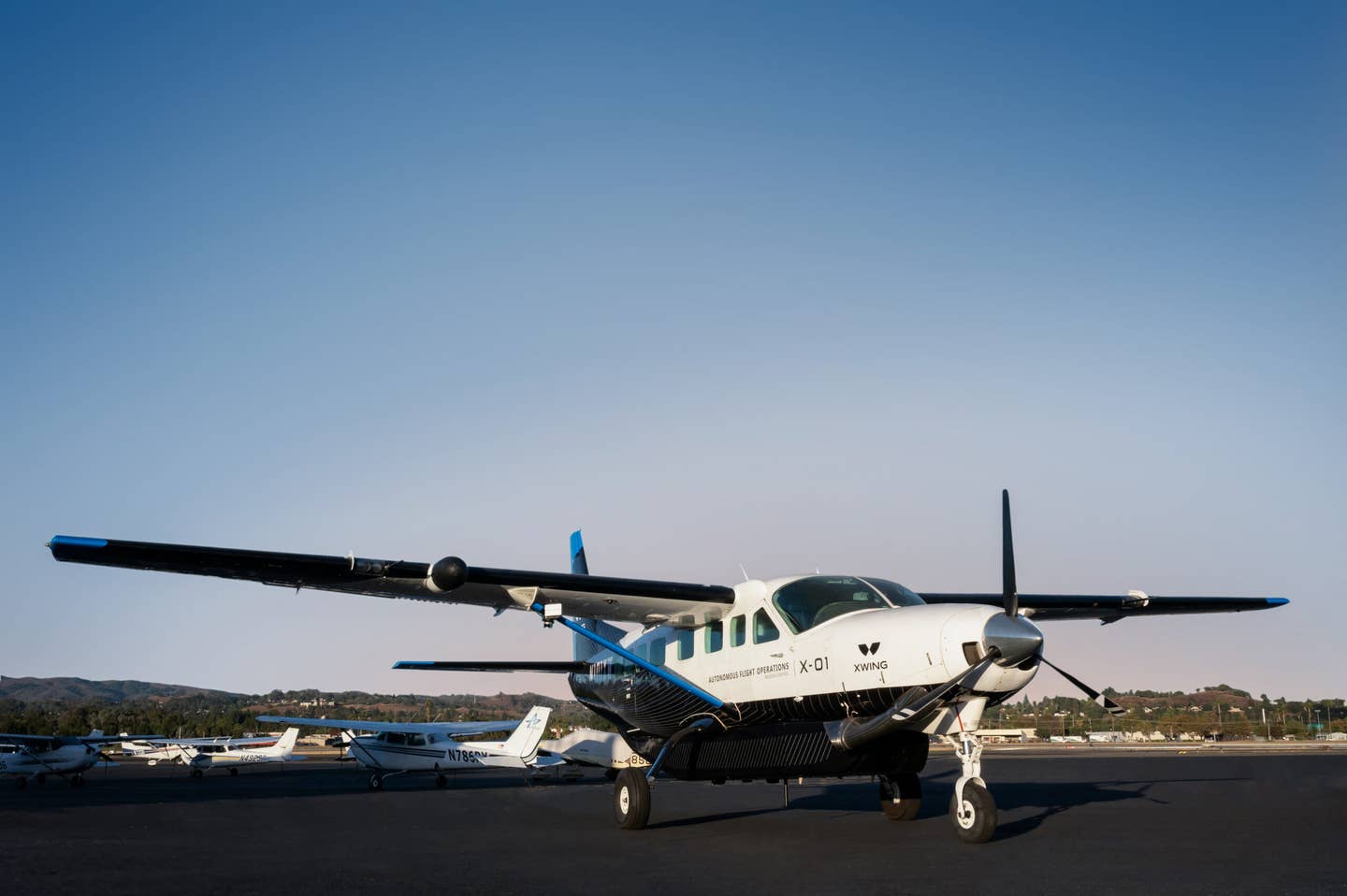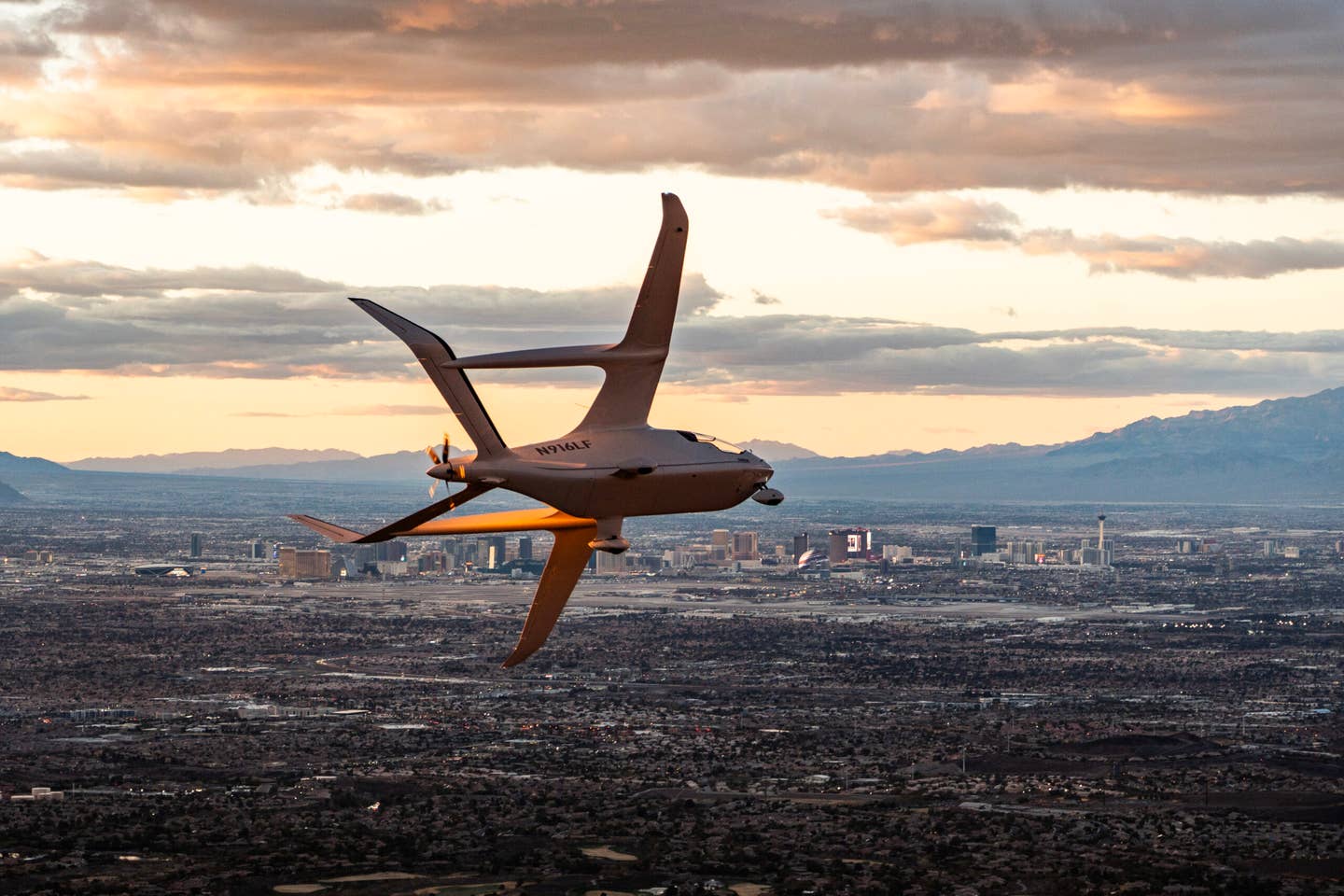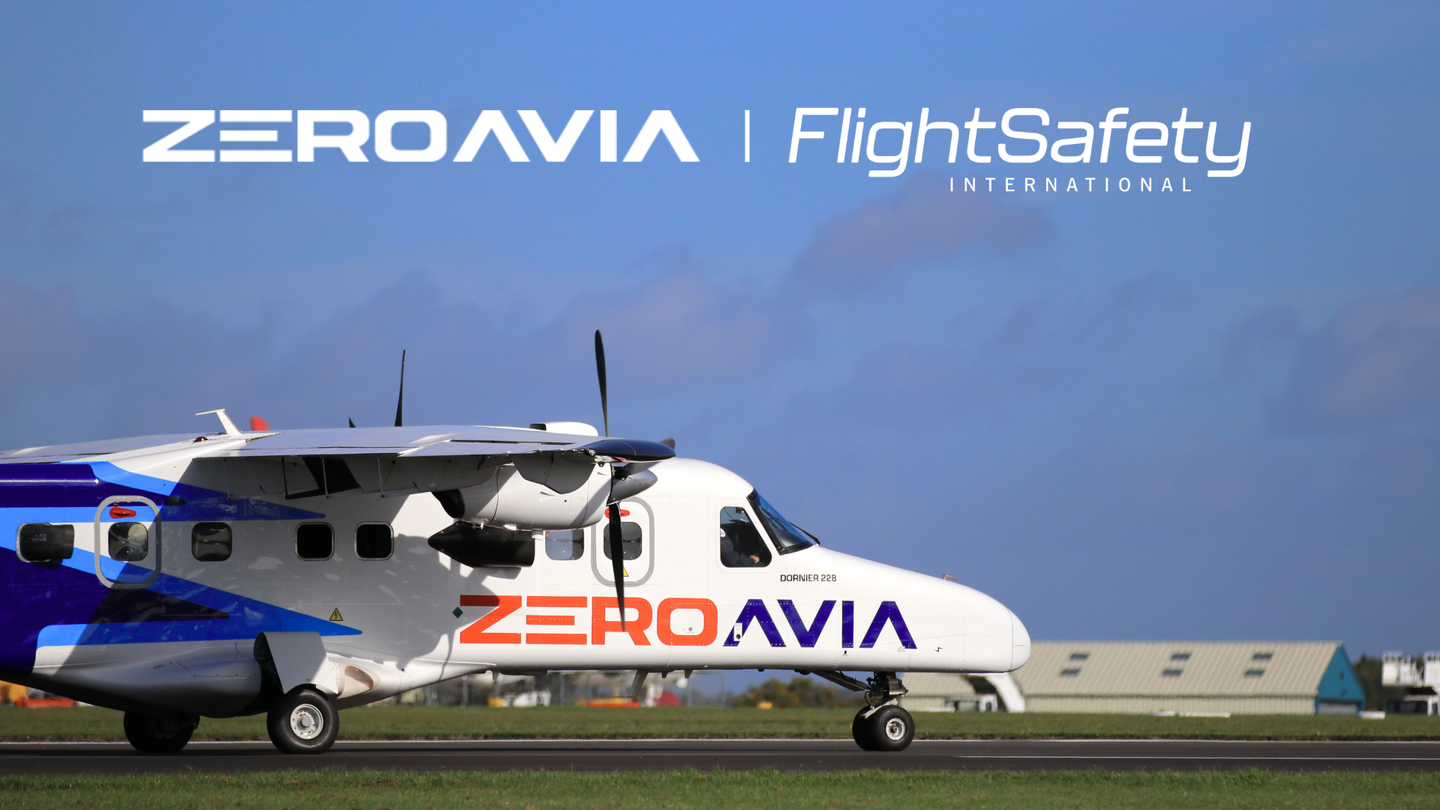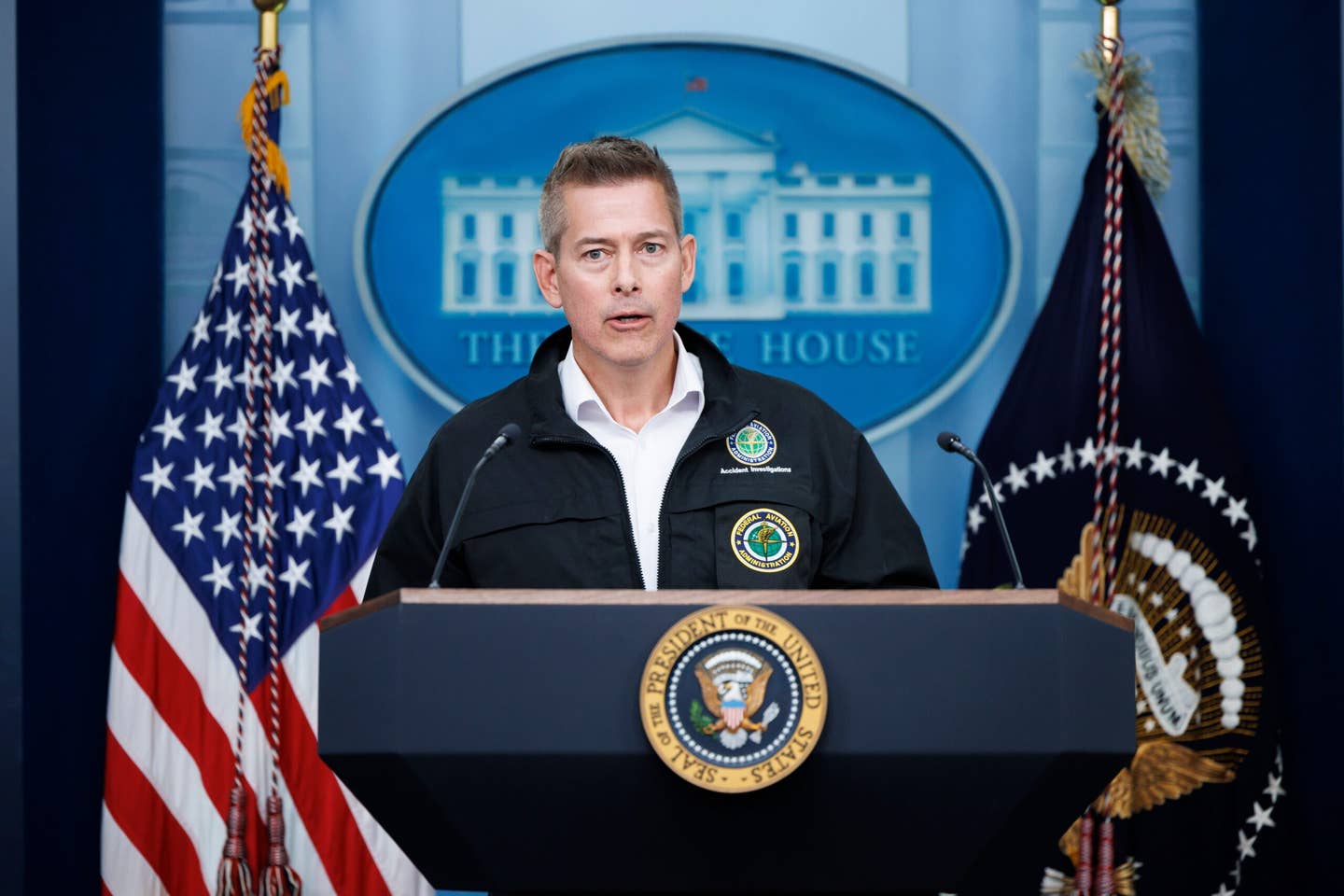Xwing Joins FAA Study of Unmanned Systems Traffic Integration
The project is studying how commercial unmanned aerial systems interact with GA traffic and in complex operating environments.

NASA is working with the FAA and other disaster response agencies to figure out how to integrate unmanned aerial systems and deploy an Unmanned Aircraft System Traffic Management (UTM) to improve disaster response efficiency. [Courtesy: Xwing]
Autonomous aircraft company Xwing has been selected to participate in a study of how commercial unmanned aerial systems, such as its forthcoming autonomous aircraft, would interact with general aviation traffic and in complex operating environments, it announced Thursday.
The Crosscutting Operations Strategy and Technical Assessment (COSTA) project is spearheaded by the Federal Aviation Administration and also has support from NASA.
Xwing's partnership with the FAA's COSTA program is a logical step in bringing his company's vision for autonomy to life, Marc Piette, Xwing's founder and CEO, told FLYING. That's because outside of structured flying operations in and out of airports, operators also use aircraft for things like aerial firefighting, he said. Operators also have to deal with scenarios, such as pop-up TFRs, which means deploying all-around autonomy like Xwing plans to do, which is much more challenging than it seems.
"The challenge of integrating unmanned aircraft in the airspace is so much more than the automation itself," Piette said. "It's to ensure that we integrate seamlessly with all the participants of that airspace and follow the rules and can handle the various situations that get thrown at that unmanned aircraft."
Fighting Wildfires
According to the California Department of Forestry and Fire Protection (CAL FIRE), more than 5,000 wildfires occur in California each year.
To help combat this, Xwing says it is essential that U.S. agencies "determine how to leverage new technologies and services to best address and manage natural disasters." While existing dynamic operations feature manually-operated airplanes, helicopters, and various-sized drones to drop water or fire suppression in a small area, there is room for improvement.
NASA is working with the FAA and other disaster response agencies to figure out how to integrate unmanned aerial systems and deploy an Unmanned Aircraft System Traffic Management (UTM) to improve disaster response efficiency.
The FAA's UTM is a "traffic management ecosystem” for uncontrolled operations that is separate from but complementary to the FAA's Air Traffic Management (ATM) system.
According to the FAA, "UTM development will ultimately identify services, roles and responsibilities, information architecture, data exchange protocols, software functions, infrastructure, and performance requirements for enabling the management of low-altitude uncontrolled drone operations."
Xwing will work with the FAA, the University of Alaska, and the Alaska Test Center for UAS Integration to evaluate information-centric approaches to improve traffic management in fire traffic areas (FTAs).
"This project will provide us with a more holistic view on how best to integrate large UAS in the existing National Airspace System," Piette said. "Leveraging UAS, we have the potential to make everything from wildfire fighting to oceanic operations more efficient and safer. We believe the data that we collect from these operations will be essential to helping the FAA and NASA bring unmanned flights to more types of operations in the aviation industry."
Checking the Boxes
The program, which is already underway, is set to run through April 2023. Xwing will run the flight operations for the project in Northern California, using Xwing's autonomous flight technology on its Cessna Caravan aircraft. The flights will have a safety pilot on board.
Additional partners in the project include AirSpace Integration and ATA LLC, which will support flight data management, integrations with other FAA systems, and supporting operational flight trails.
Jesse Kallman, vice president of commercialization and strategy at Xwing, told FLYING that the data that Xwing collects will be used for various reasons. Those include analyzing the response times between air traffic control (ATC) and an autonomous aircraft, how UASs function when nearby other manned operations, and how remote operators use information-centric services to fly in challenging, high-stake operating environments.
"The process is pretty straightforward," Kalman said. "We're creating a series of trials, and we're going to simulate different things. The FAA will control that local area, and we'll figure out how you give commands to a very large unmanned system operating in and near other aircraft in that area."
Kallman said the operation would also focus on figuring out how its autonomous technology manages things like pop-up TFRs, and unplanned route changes while interacting with existing air traffic in these sorts of environments.
Ultimately, this will give the FAA the data it needs to develop rules and procedures for its UTM framework. That could mean an evolution of the national airspace, communication procedures, or even right-of-way rules.
For Xwing, the project will help the company with its goals of integrating into the airspace.
"It's a part of ensuring that we're checking all the boxes as we are looking to certify this [autonomous flight] tech stack," Piette said.

Sign-up for newsletters & special offers!
Get the latest FLYING stories & special offers delivered directly to your inbox






